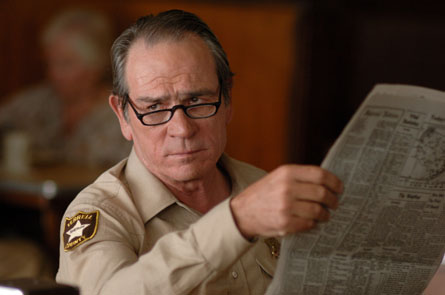Is Long-sightedness the same as Presbyopia (old sight)?
I am sure you have heard of Presbyopia. This is the medical term that refers to the difficulty to see near when a person reaches about 40 years of age. Some term it old sight as the Chinese term for this is “Lao Hua”. Many people also call it Long-sightedness. Is this the correct term? Do they mean the same thing?
No, they are not the same.
Presbyopia (“Lao Hua”)
The problem with Presbyopia is the natural lens of the eye gets less elastic as we age. When we are young, this lens changes shape to become more curved for us to focus for near and less curved (flatter) for us to see well for far.
But when we reach about 40 years or older, the lens is less elastic and it no longer can become as curved as before. So for someone that does not require any glasses (or contact lenses) to see well for far since young, his eye can only see well for far when he reaches the presbyopic age and will require a plus (convex) lens to see near. Therefore reading glasses are lenses of plus power. It acts like a magnifying glass. The greater the plus power, the nearer you can see.
Presbyopia increases from the age of 40 and stabilises only at about the age of 60, which means a person will require a greater degree of plus power to read at the same distance as he gets older.
Hyperopia (Long-sightedness)
Hyperopia is the medical term for Long-sightedness or Far-sightedness. This happens when the eye is short. Such a person is born with a short eye. Light rays that come from far will focus to a point behind the retina, giving blurred images. This person will need to wear a plus (convex) lens to see well. When a person has a low amount of hyperopia, he is able to flex (more curved) his natural lens of the eye to see well for far when he is young. But when he gets older, the lens loses its elasticity and he then needs to wear a plus lens to see well for far and a higher power of plus lens to see well for near. Yes, this means he needs correction for both far and near.
Myopia (Short-sightedness)
Myopia is the medical term for short-sightedness or near-sightedness. This happens when the eye is long. When myopia progresses in a child, his eye grows longer with age. The greatest rate of growth is usually from 7 to 12 years old. Light rays that come from far will focus to a point in front of the retina, giving blurred images. This person will need to wear a minus (concave) lens to see well for far. But he can take off his glasses and see well for near. The greater the myopia, the nearer this person can see when he takes off his glasses.
When a myopic person reaches the presbyopic age, he wears his glasses to see well for far but as he looks near through this pair of glasses, he will notice he cannot read the words. He will need to take off his glasses to see well for near. But if he chooses to wear his contact lenses to see well for far, he will then need to use reading glasses for near work.
This is where people get confused when they think that someone who has myopia will get presbyopia later. The truth is presbyopia will still come at the same age. But they have the ability to take off glasses for near, just like you see in the photo below: this man has his glasses (that he uses to see far) in his pocket, he takes them off when he is reading. Notice that he is leaning quite close to the reading material. This means he is short-sighted. He may say to people that he does not need reading glasses and he may think he does not have presbyopia. But get him to put on contact lenses for far…. and straight away, he will realise he cannot see well for near unless he uses reading glasses.
But look at this man in the photo below. He is wearing reading glasses and looks above the rim of the glasses as he gazes far away. This means he does not need glasses for far (he is not short-sighted).
In summary, everyone gets presbyopia when we reach about 40 plus, regardless of whether we are long or short-sighted (or neither, ie perfect vision for far). That is, the natural lens of the eyeball will become inelastic regardless of whether our eyeballs are short or long (or just the right length).
Still confused? 🙂
Don’t worry, it takes time to understand this topic. Feel free to ask me questions.





Hi Dr Lee,
I understand that myopia happens because the image is focused to a point in front if the retina, while presbyopia, due to aging and lower ability of the lens to curve, causes the image to focus to a point behind the retina.
Just wondering, Can presbyopia help my myopia get better as I age? Will the image be focused nearer to my retina (but still in front of the retina) due to presbyopia?
I’m also not sure how one can get both myopia and presbyopia at the same time. Why can’t an image be focused in front of the retina, when a person with myopia since young looks at something near, after he has presbyopia as he ages?
Appreciate if you could explain to me.
Thanks in advance!!
Hi Javin,
Thanks for your question. Myopia happens when the eyeball is long and hyeropia happens when the eyeball is short. Presbyopia occurs in those above 40 years of age because the lens of the eyeball becomes less elastic and can no longer contract.
You may want to read what I wrote in this post again. To help you understand better, please refer to this: http://www.shinagawa.com.sg/en/eye-care/common-focusing-problems-of-the-eye